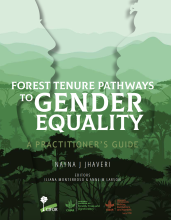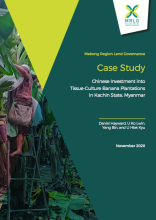Land Library Search
Through our robust search engine, you can search for any item of the over 73,000 highly curated resources in the Land Library.
If you would like to find an overview of what is possible, feel free to peruse the Search Guide.
/ library resources
Showing items 1 through 9 of 47.L’importance de l’accès à la terre aux femmes n’est plus à démontrer, eu égard aux impératifs liés à la réalisation des objectifs de développement durable.
Participation in decisionmaking processes foreshadows enabling citizens communities nongovernmental organizations and other interested parties to influence the formulation of policies and laws affecting them The purpose of this study is not only to review Lithuanian legal documents but also to an
A travers l’étude du cas d’Agadir, l’article est un essai prospectif sur le rapport des différentes stratégies foncières et immobilières au Maroc à la production du logement «abordable».
This practitioner’s guide explains how to promote gender-responsive forest tenure reform in community-based forest regimes. It is aimed at those taking up this challenge in developing countries.
This resource is for advocates working to support communities who have been affected by harmful investment projects. It will help you follow the money to identify and analyze the companies, investors and other actors behind these projects.
The management of land concessions and leases in the agriculture, tree plantation, hydropower and mining subsectors (referred to as land deals henceforth) is a crosscutting topic and involves a wide range of agencies of the Government of the Lao PDR (GoL) at various administrative levels, from th
Since a century ago, there have been many efforts to attract foreign investment in Afghanistan.
In the last decade, Myanmar’s Kachin State has seen a boom in tissue-culture banana plantations driven by cross-border Chinese investors.
This paper explores the impact of large-scale agricultural investment on household livelihood outcomes among smallholder farmers in Kilombero Valley, Tanzania. The study used qualitative and quantitative data from a sample of 376 households.









